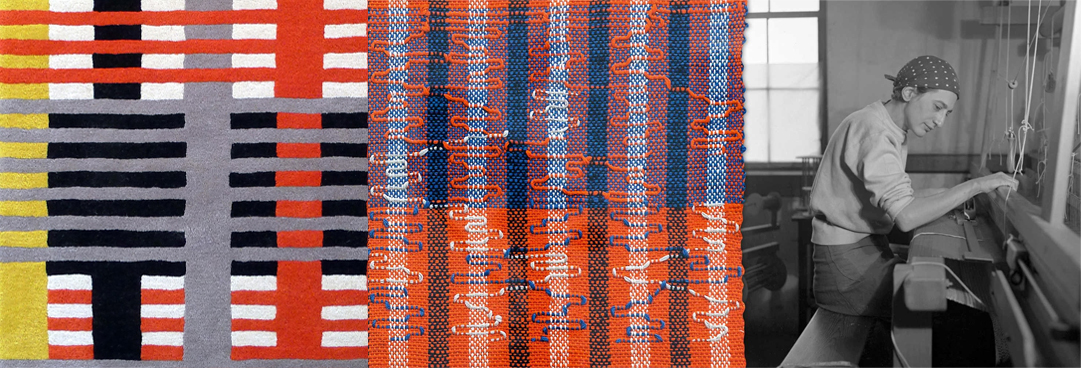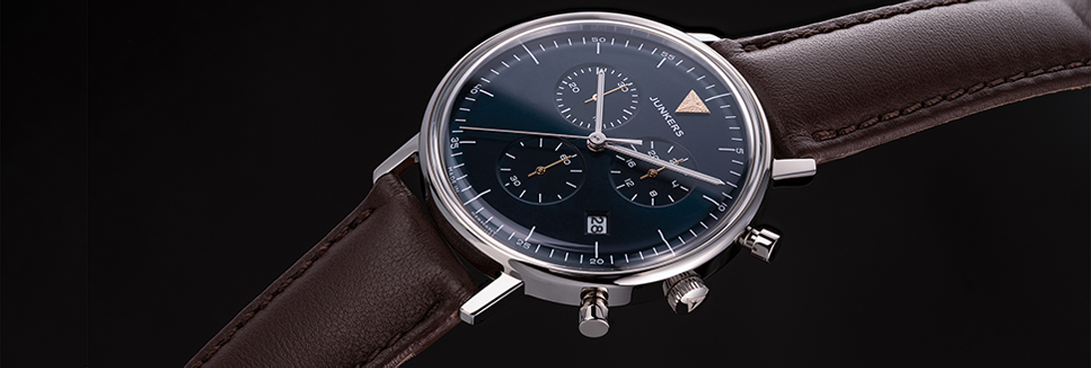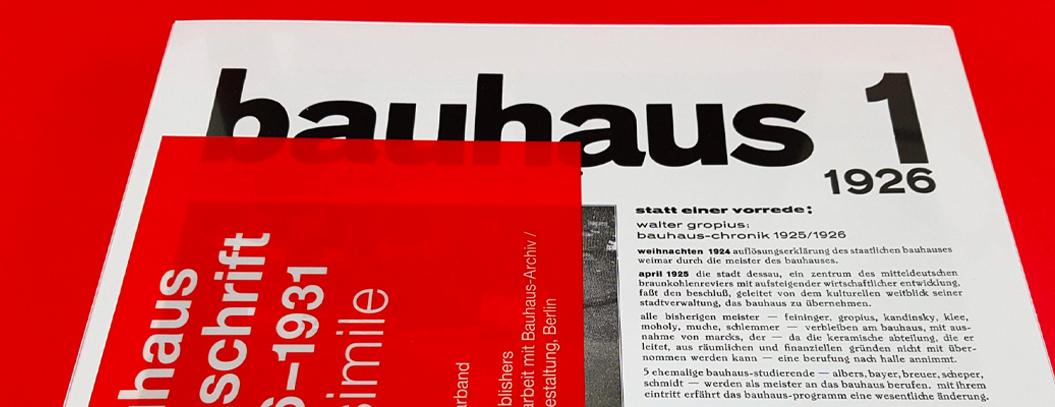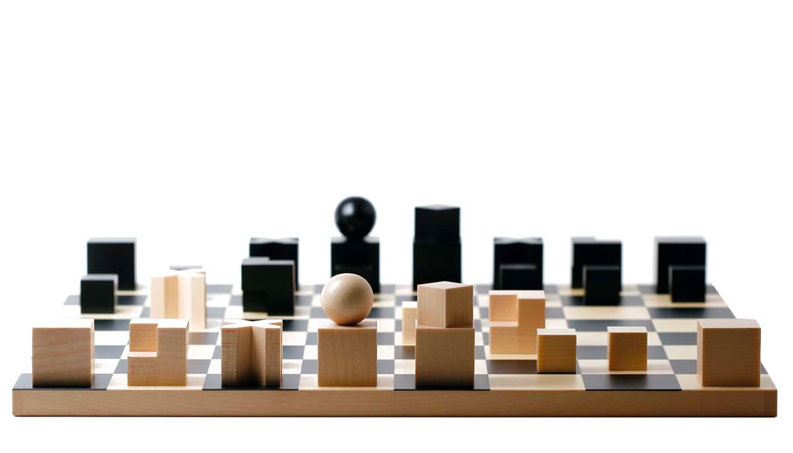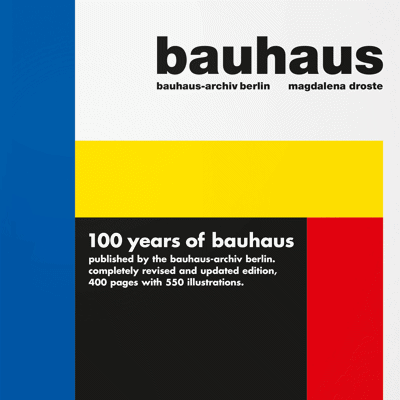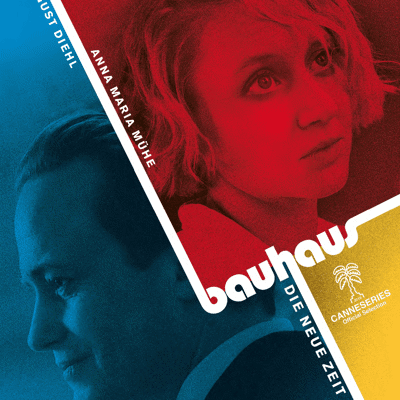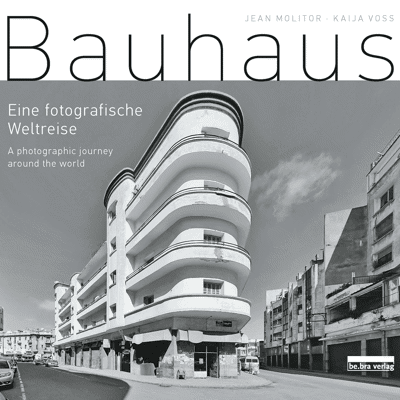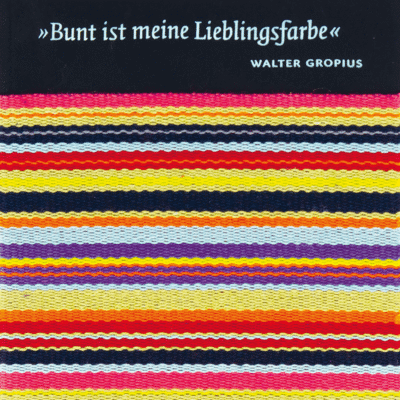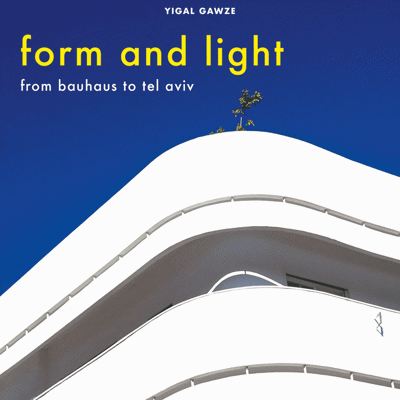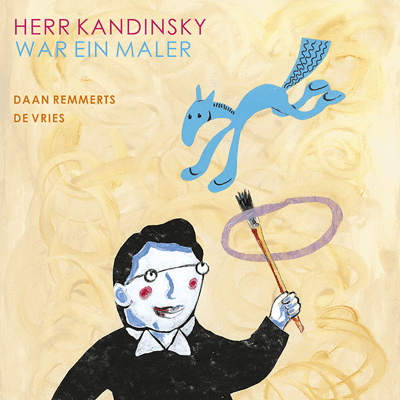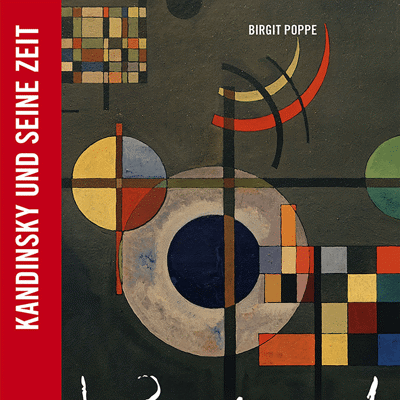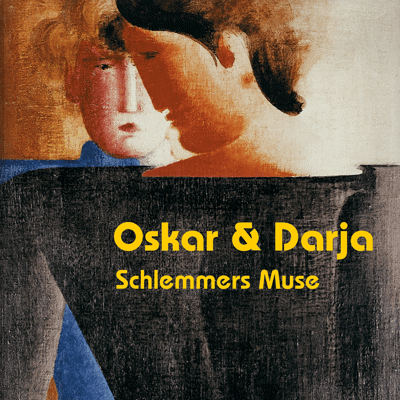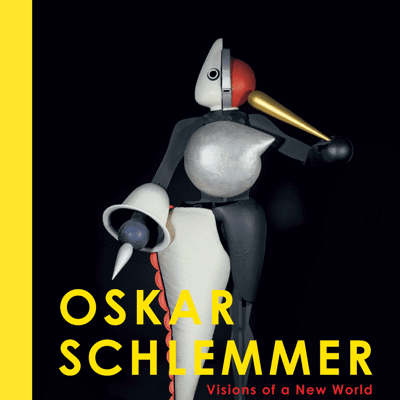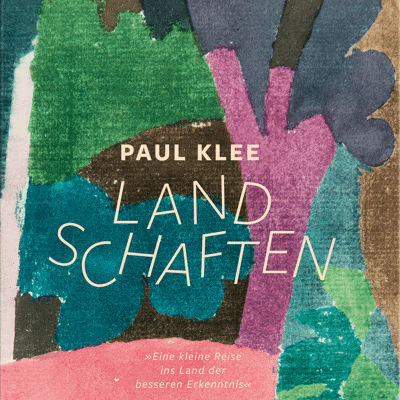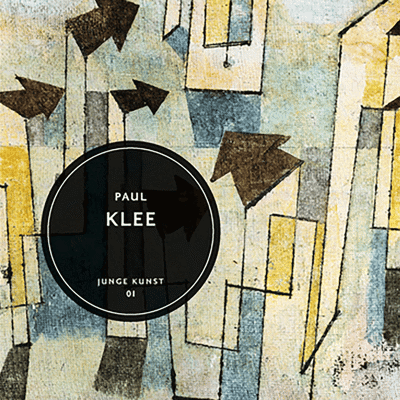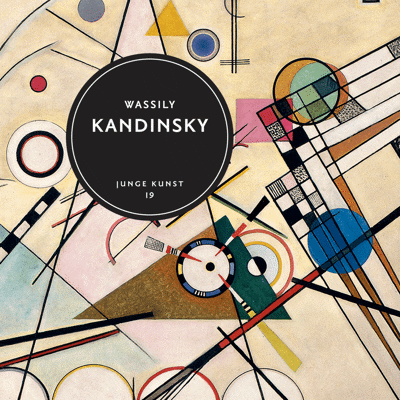Description
Josef Albers, student and teacher at the Bauhaus in the early 1920s, later professor at American art schools, is famous for his square paintings. Now his early work from the time between 1911 and around 1920 is becoming the focus of attention. His departure into modernism, his personal and artistic development will be examined in the context of his time.
How did Josef Albers from Bottrop become a pioneer of modernity? Albers' artistic development took him from the Ruhrpott to the Münsterland, the Rhineland and to the academies in Berlin and Munich. Inspired by intellectual currents and artistic movements, Albers continued his education as an art teacher and artist. His early work includes colour paintings, primarily still lifes, as well as a large number of self-portraits, natural and urban landscapes, drawings and prints, and glass works from the early years at the Bauhaus beginning in 1920. The exhibition also presents artists who flanked Albers' career, including Philipp Franck, Johan Thorn Prikker, and Franz von Stuck. The Folkwang idea of Karl Ernst Osthaus also had a lasting influence on him.
Press reviews:
This catalogue is a tribute to the Bauhaus anniversary.
Frankfurter Allgemeine Zeitung
An amazing present.
Westfälischer Anzeiger
Details:
Publisher Ulrike Growe
Articles by Jeanette Brabenetz, Ulrike Growe, Christiane Heiser, Heinz Liesbrock, Jeannette Redensek, Michael Semff.
192 pages
160 illustrations in colour
22 x 30 cm, bound



